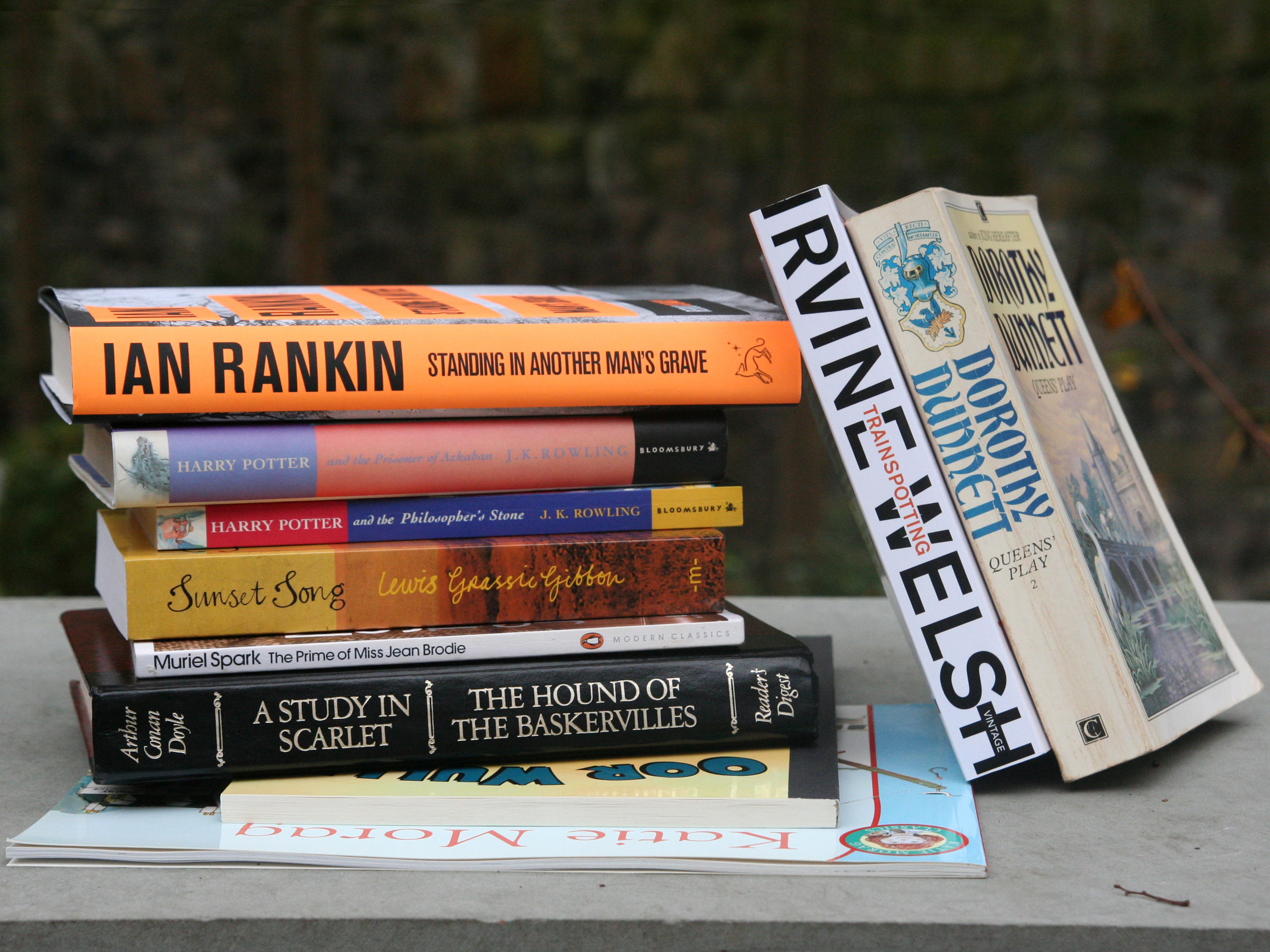As Book Week Scotland ends tomorrow, my mind turns to lofty thoughts. Then, feeling uncomfortable at that altitude, it descends back to the usual plateau of bewilderment. Great name for a geographical feature on Mars: the Plateau of Bewilderment.
Indeed, I now have an idea for a science-fiction novel, meaning I’ll create another computer file containing a sketchy plot (“It’s a about a bewildered man on Mars, ken?”) then forget about it for six years when I rediscover it and think: “Eh?”
Not only do I never finish any creative writing projects, these days I rarely finish reading a book. For a start, I spend too much time at my computer screen. Even my Kindle books are on my laptop. I watch YouTube more than television (including, recently, an entire Norman Wisdom film – Trouble in Store – which had Romanian subtitles).
Recently, I was tasked with writing a piece excoriating the nation’s nippers for spending too much time in front of their computer screens. I informed the nation that it was disgraceful and that our children would benefit from extended periods in prison, while all the time knowing that I spend twice as long in front of a screen as they do.
Yes, but half of that is my job. I cannot go wandering around the streets asking passers-by if they know what’s going on in the world. Far easier to ask my computer, which replies: “Oh, just the usual. Crises, wars, Kim Kardashian. Yada and also yada.”
And also, as hinted in a bombshell paragraph earlier, I read books on my computer. But when I say books, I mean samples of books, these 10-30 page tasters you get from Amazon. Sometimes, I don’t even finish them.
That said, I do from time to time buy an actual, physical book, particularly if it adds to a printed collection: authors such as St Tolkien or special interest subjects like haberdashery in ancient Mesopotamia.
However, I rarely read, or at least finish, them. They find themselves placed reverentially in an unruly pile by the bed. Periodically, I clear this pile and put the tomes on shelves. But, a couple of weeks later, it’s back. I’ve just gone upstairs and counted 15 in the latest pile, including a Tolkien (natch), Horace’s Complete Odes and Epodes (nothing like a good epode), Alan Bennett plays, a treatise aboot Zen meditation, a Knut Hamsun and an Adrian Mole.
In the loo, I always keep a Wodehouse at hand and a volume of Times editorials from the 1950s. I’m sure you do too.
These days, I dream of curling up with a good book, but don’t even remember how to do that. Without a screen to gawp at it, I can’t get comfy. Apart from which, I often find myself nodding off, particularly if it’s one of those ruddy epodes.
I don’t know why, but I feel guilty about this, as if there were something more virtuous about reading a physical book than watching a YouTube video of a polar bear patting a husky dog on the heid.
Inspired by Book Week Scotland, I hereby promise to read all the unread or half-read tomes on my shelves. I’ll devote five minutes a day to this – until the job is done by the late 22nd century.


